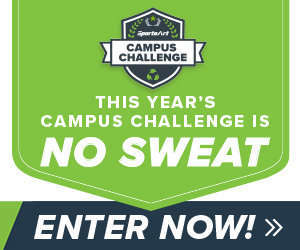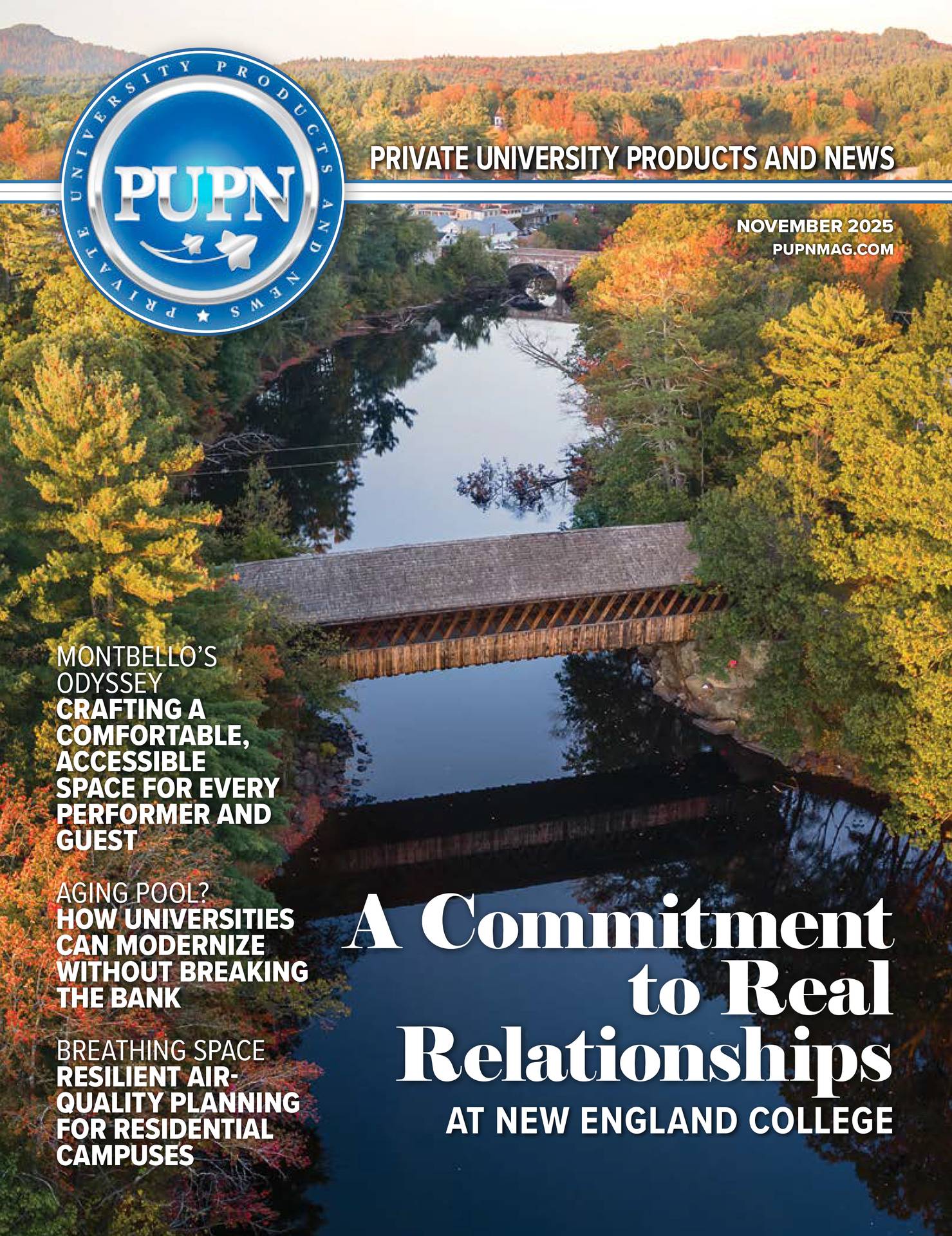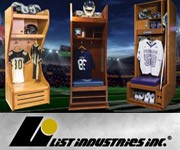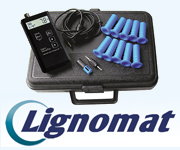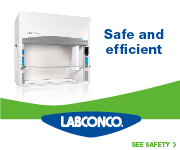“Schools that play major, high-level sports definitely need to use whatever they possibly can to gain a recruiting advantage,” says Joshua Albertson, sales manager for Natare Pools. “Facilities are a big part of it.”
Increasingly, this includes things like cold plunge tanks and hot spas for recovery. “Whether it’s football, swimming, basketball, baseball or another sport, the athletes want to know if they go to this school, it has the proper equipment and training so they’ll be set up for success and have the potential to move up to the next level,” Albertson, says. “Recovery is a huge part of that, and that’s really what cold plunges and hot spas are for after an intense workout or as part of rehab or therapy, so they can get ready for the next day, the next practice, the next game.”
Come on in—the Water’s Freezing
“Cold for centuries: a brief history of cryotherapies to improve health, injury and post-exercise recovery,” an article available from the National Institutes of Health’s National Library of Medicine, points out that cold plunges—immersing the body in freezing water—represent an ancient tradition, but the authors trace the study of cold plunges for post-exercise recovery to the 1960s. According to another article published by the Mayo Clinic, research now shows that cold-water immersion helps reduce muscle damage after intense exercise, reducing inflammation and soreness to “help restore physical performance the next day.”
Albertson says that in college and university settings, “the cold plunge phenomenon has really taken off,” with major investments being made in state-of-the-art cold-plunge tanks for their athletic teams.
Beyond Luxuriating
For most of us, soaking in a hot spa can be relaxing, social, and generally a nice way to unwind. For athletes, though, it can have specific therapeutic benefits, including relief from muscle pain. According to an article posted by the Cleveland Clinic, “A hot tub makes sore, tired muscles feel better because heat increases blood flow and helps loosen tense muscles; buoyancy in water takes pressure off joints; and immersing your body in water could help prevent muscle damage from exercise.” The article goes on to mention that time in a hot tub can even improve sleep, though, admittedly, it’s hard to imagine college athletes needing much help nodding off after a long day of arduous training sessions.
Investing in Cold Plunges and Spas: What to Consider
Recognizing the importance of including cold plunges and spas in your training facilities—for the wellness of athletes, team performance, and athlete recruitment, and retention—is the beginning, but for schools ready to make the investment, there are a lot of practical considerations.
For big colleges and universities, the question isn’t “if” so much as “how many.”
“I can’t think of a university sport that wouldn’t take advantage of a therapy routine that involves a spa or cold plunge,” Albertson says. “That becomes tricky, because if you think about it, a football team alone—that’s 100 kids. So the real trend is in sports-specific therapy spaces, where only football players use one area; only basketball players use another, etc. And in those facilities, the recovery spaces are there.”
Designing for Scale and Impact
The next consideration is evaluating the space available and making choices accordingly. Natare specializes in custom designs, which offers several benefits. The first is that schools can invest in whatever size they want or can fit. Albertson says the company has built spas as large as 25 feet for one client and cold plunges as small as 2’ x 2’. “It depends on the customer, what their needs are, and the space and budget they have. If they want room for 25 bathers, we can do that; if they want a lot fewer, we can do that, too. That’s where we shine—when a project is tricky or unique, we’re capable of helping.”
He says the investments can range from the six figures into the millions. “It depends on all the bells and whistles and how creative the contractors need to get to satisfy what the university wants. It can get pricey if they want something that’s totally custom and branded with the university logo and colors, those are out there. And when an athlete walks into that recovery space and sees the university name, colors, logo, and all sorts of branding, that can be powerful.”
The other benefit Natare can offer is the ability to deliver a unit in parts to navigate difficult entry points. “For some projects, that is a big reason why we’re involved,” Alberston says. “If a college or university needs to get a spa or cold plunge through a three-foot door and down a hallway, obviously a big vessel isn’t going to fit unless they want to do a lot of demolition. We’re able to do more welding and installation on site, which allows for an easier installation.” Albertson says Natare works hand-in-hand with the design team. “Sometimes it’s really straightforward—they design it and we can do it. Other times they have questions and want to make sure we can really do what they’re trying to accomplish, so we address those concerns. We are a customer service-driven company, and we know how important it is to create that connection; if we can help somebody on the front end, there’s a good chance we’re going to be there to meet all their needs throughout.”




